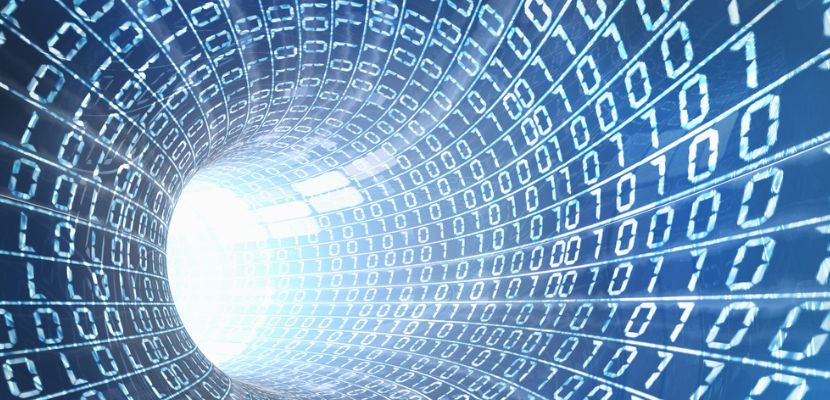A bit is the most basic unit of information in computing and digital communications. The word "bit" is a contraction of "binary digit," the smallest piece of data in a computer. A bit has a single binary value, either 0 or 1.
Despite its simplicity, the bit is the foundation of all digital data and computing processes. Complex data and instructions are represented using combinations of bits, enabling computers to perform a wide range of tasks, from simple calculations to complex simulations.

How Does a Bit Work?
At its core, a bit is a representation of two distinct states or values, often interpreted as off and on, 0 and 1, or false and true. These binary values are fundamental to digital electronics and computing because they can be easily represented by two distinct physical states, making it practical to implement with current technology.
Here's a breakdown of how bits work in different contexts.
Electrical Circuits
In electronic computers, bits are represented using electrical charge states: a high voltage level might represent a 1 (on), and a low voltage level might represent a 0 (off). This binary representation is reliable and easy to distinguish, reducing the chance of errors in data processing and storage.
Storage
On magnetic and optical storage devices (like hard drives and CDs), bits are recorded as variations in magnetic orientation or variations in the material's reflectivity. The device then reads these physical changes to retrieve the stored data, translating the physical states back into binary information that a computer can understand.
Data Transmission
For transmitting data over networks, bits are often represented by variations in signal properties, such as frequency, phase, or amplitude. For instance, a change in the signal's phase might represent a shift from a 0 to a 1 or vice versa. These methods enable the efficient transmission of binary data over a variety of mediums.
Logical Operations
At a functional level, bits are the fundamental units upon which logical operations are performed. Operations like AND, OR, NOT, XOR, etc., operate on bits to perform computations. These operations are the building blocks for more complex arithmetic and logical functions in computers.
Digital Representation
In practice, bits are grouped together to form larger units of data, such as bytes (typically 8 bits). These larger groups represent and manipulate more complex information, such as numbers, text, images, and sounds, in a digital format.
Bit vs. Byte
The terms "bit" and "byte" are fundamental to understanding computing and digital information, but they refer to different quantities of data.
A bit is the smallest unit of data in a computer and can have a value of either 0 or 1, serving as the building block for all digital data. Individual bits are used to represent and manipulate data at the lowest level in computing, representing two-state information, such as on/off, yes/no, or true/false. They are fundamental in logical operations and binary encoding schemes.
A byte, on the other hand, is a unit of digital information that traditionally consists of 8 bits. The size of a byte was historically not fixed but has become standardized to 8 bits in modern computing environments. Bytes serve as the basic addressing unit for many computer architectures. They are a more convenient processing unit for many computing systems because they can represent a much wider range of values (e.g., 256 distinct values, from 0 to 255, in an 8-bit byte).
Bytes are used to encode a single character of text in many encoding schemes, such as ASCII, or to represent small numbers directly. They are also the basis for larger units of measure in computing, such as kilobytes (KB), megabytes (MB), gigabytes (GB), and so on, which are used to quantify file size, memory capacity, and data storage.
Bit vs. Byte: Key Differences
- Granularity. A bit is the most granular level of data with only two possible values, while a byte, consisting of 8 bits, can represent 256 different values.
- Purpose. Bits are often used for simple flags, binary decisions, or the smallest elements of data processing. Bytes, however, are used for storing text, as each byte can represent a character. Furthermore, bytes can handle data in chunks that are more meaningful and practical for most computational tasks.
- Complexity and representation. A single bit can only convey very limited information (0 or 1). In contrast, a byte can represent a wide variety of information, from numbers to letters, to control characters in various encoding systems.